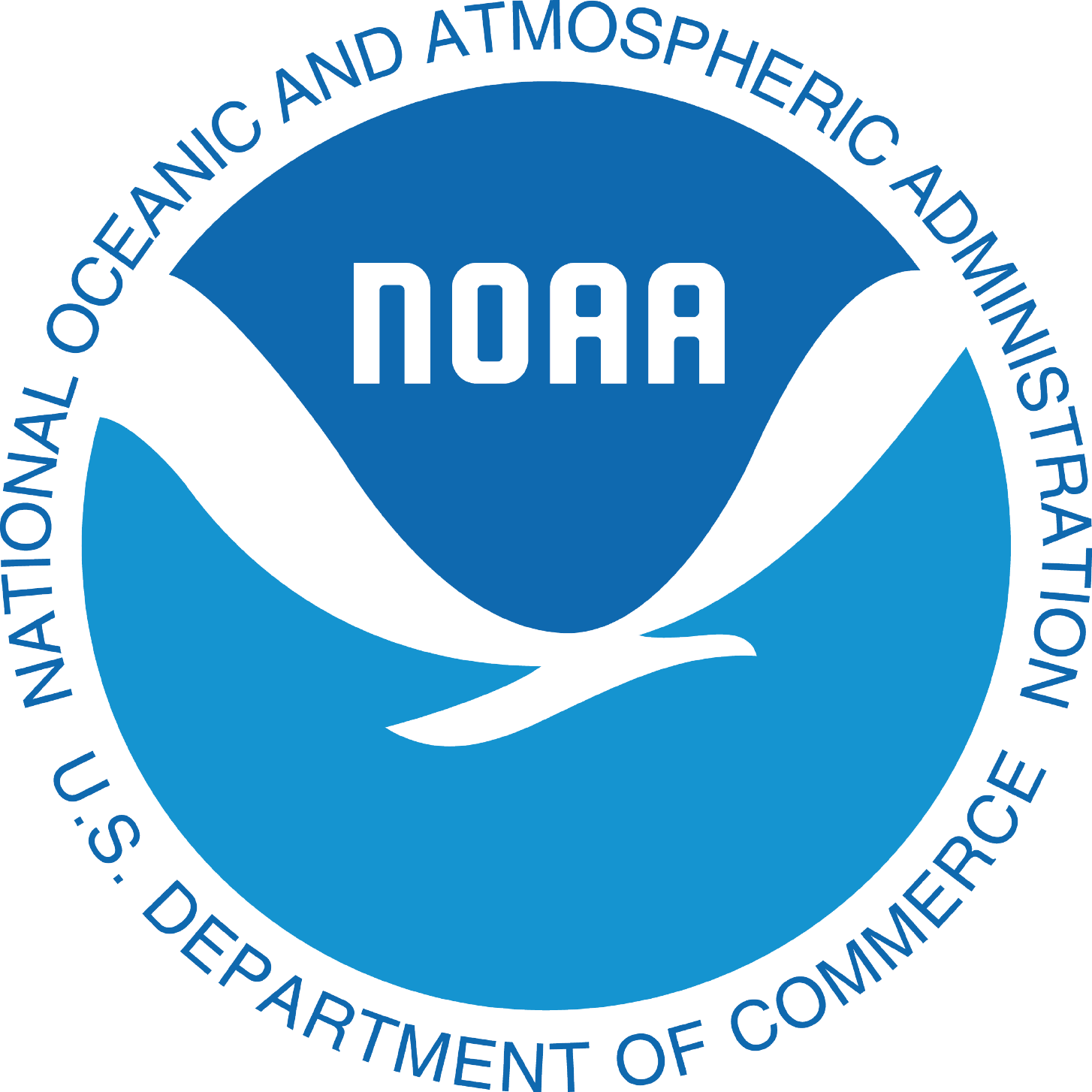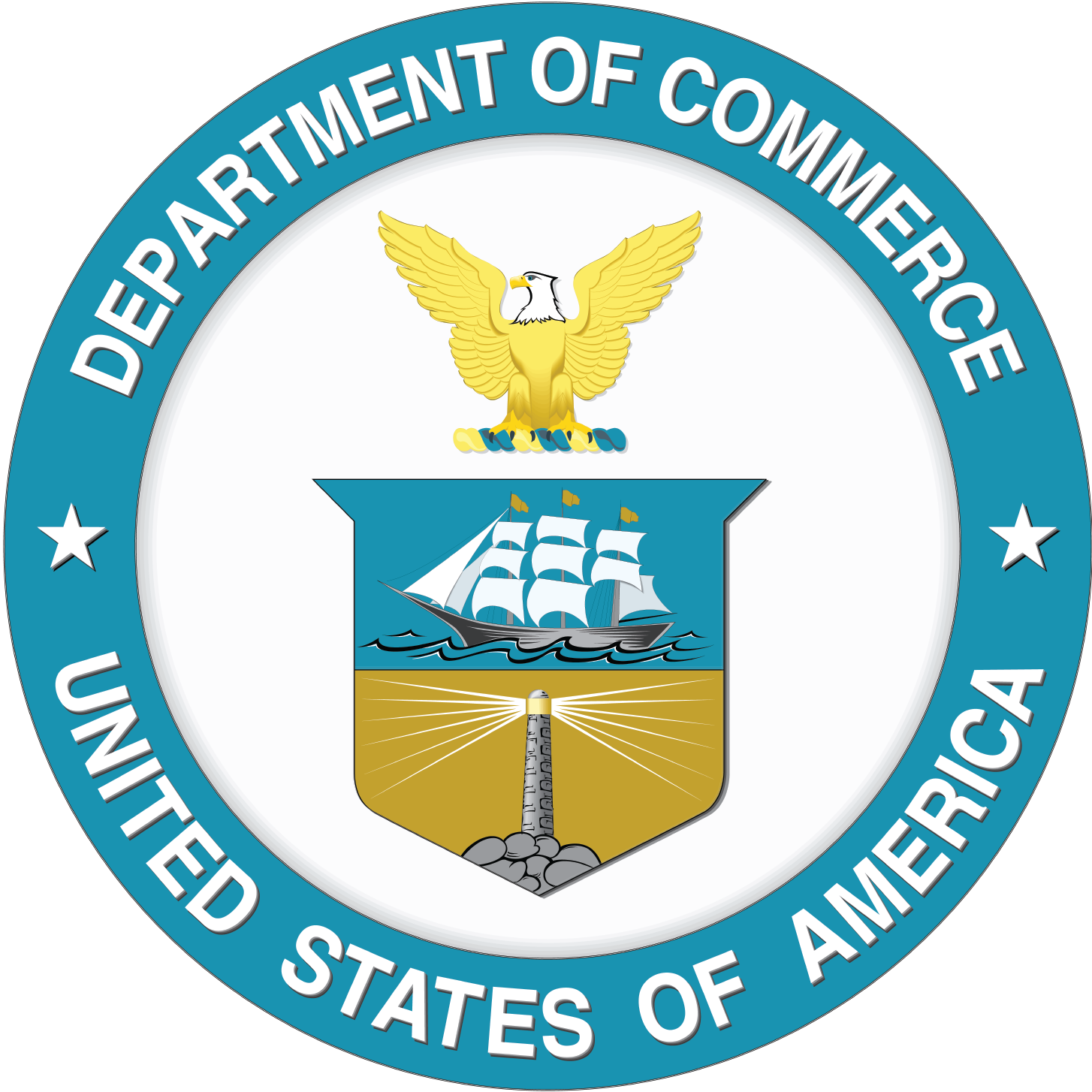- Home
- Habitat
- Commercial Fisheries
- Recreational Fisheries
- Saltwater Angler Attitudes and Preferences Study
- Angler Expenditures & Economic Impacts
- Angler Expenditure Survey Instruments
- Saltwater Angling Valuation Studies
- Stated Preference Survey Instruments
- Revealed Preference Survey Instruments
- For Hire Studies
- For Hire Survey Instruments
- NOAA Fisheries Recreational Fisheries Economic Publications
- MPA
- Protected Species
- Tools
- Publications
Economic Performance of Catch Share Programs
Workshops and Performance Indicator Development
In order to systematically measure the economic performance of catch share programs, NOAA Fisheries’ Office of Science and Technology initiated a multi-year process to develop a national set of catch share performance indicators by convening multiple workshops with the NOAA Fisheries' regional economists, anthropologists and sociologists. The first national workshop was hosted by the Southwest Fisheries Science Center in La Jolla, CA during November, 2009. The regional experts identified a substantial number of potential indicators that were subsequently classified as being Tier 1, Tier 2, or Tier 3 based on data availability and relative ease in quantifying each indicator. Tier 1 indicators were defined as metrics for which data were readily available, could be routinely produced and updated, and could be provided for all catch share programs. Tier 2 indicators were defined as metrics that could be produced using available data, but required additional research before they could be routinely produced. Tier 3 indicators were determined to be measures that would require large investments in research or new data collection programs.
The Tier 1 performance indicators were refined at a follow-up workshop held during August, 2011 at NOAA Fisheries’ Alaska Fisheries Science Center in Seattle, WA. The data required to produce the final set of Tier 1 performance measures was requested from each region in November, 2011. These data were used to develop the Fact Sheets for each Catch Share Program and ultimately the National Report (expected in Spring 2013). A third workshop was held in May 2012 in Seattle, WA where the Tier 2 performance metrics were further refined and a couple indicators were promoted to Tier 1. In this workshop, performance measures for the Non-Catch Share Fisheries were also developed.
Economic Performance of Catch Share Programs
Full ReportExecutive Summary





